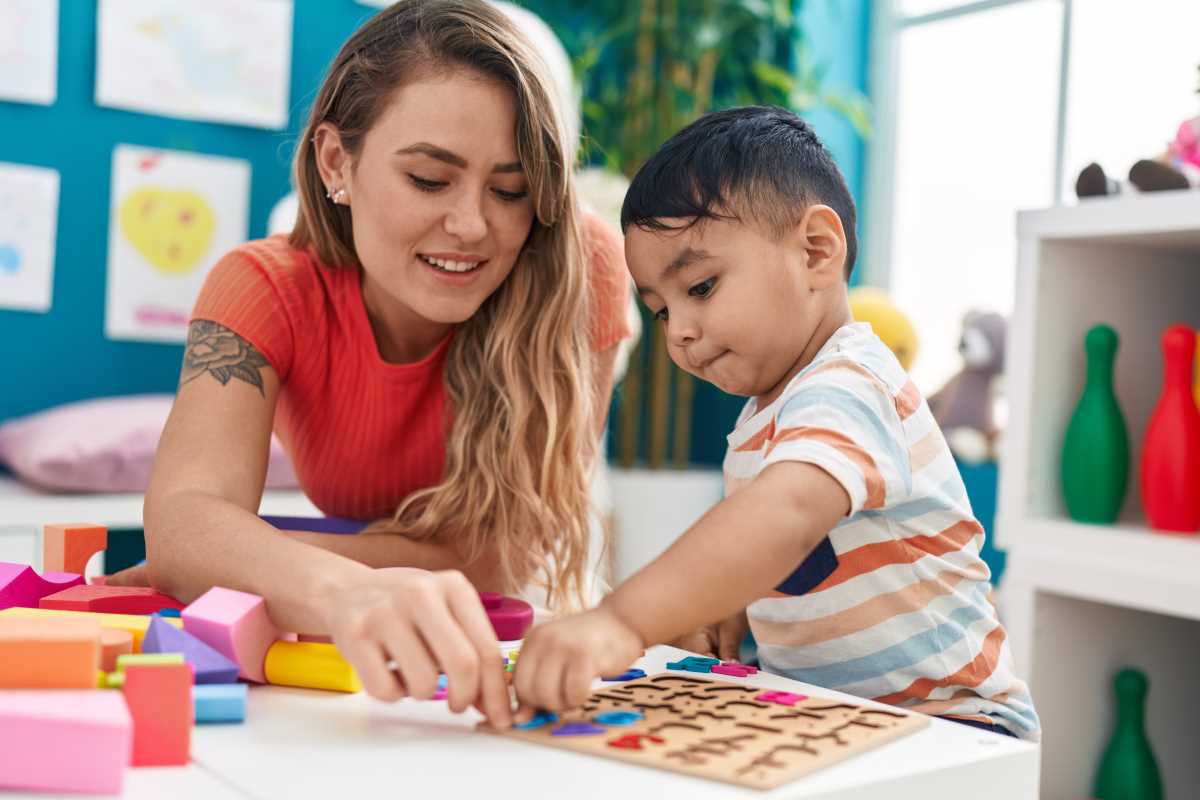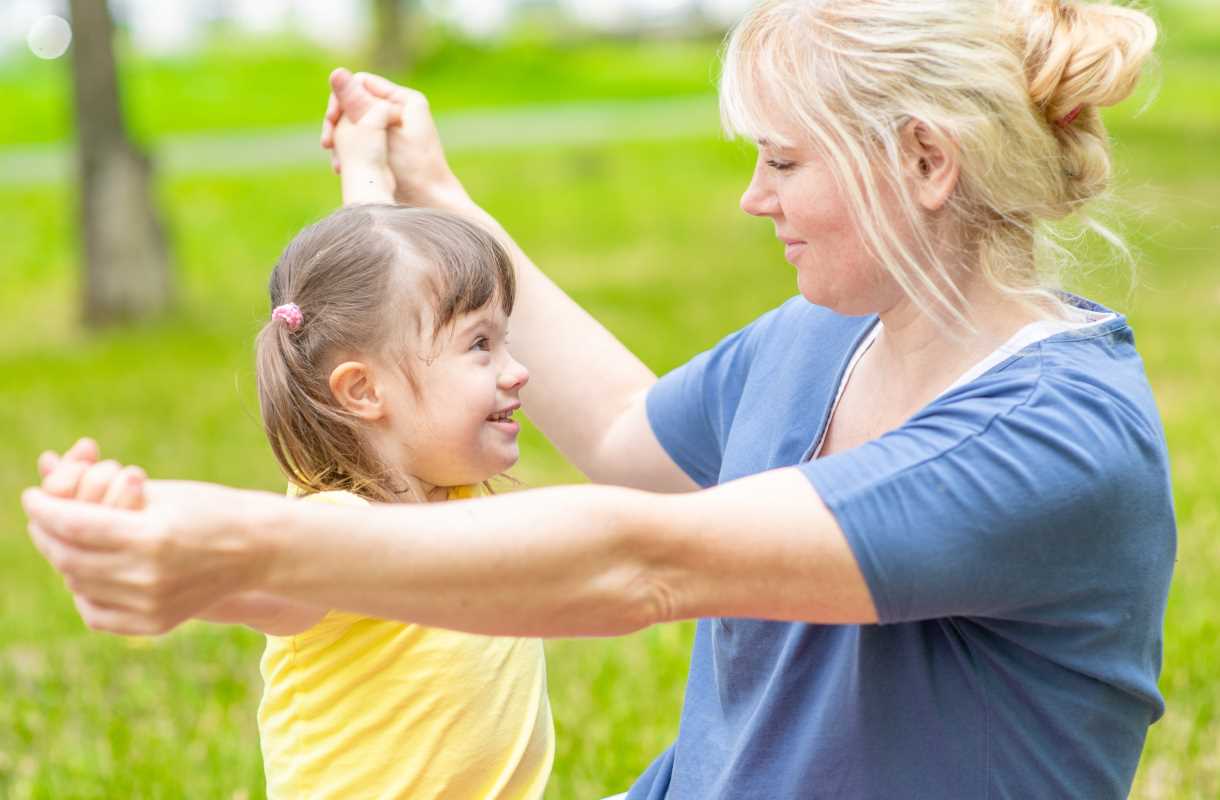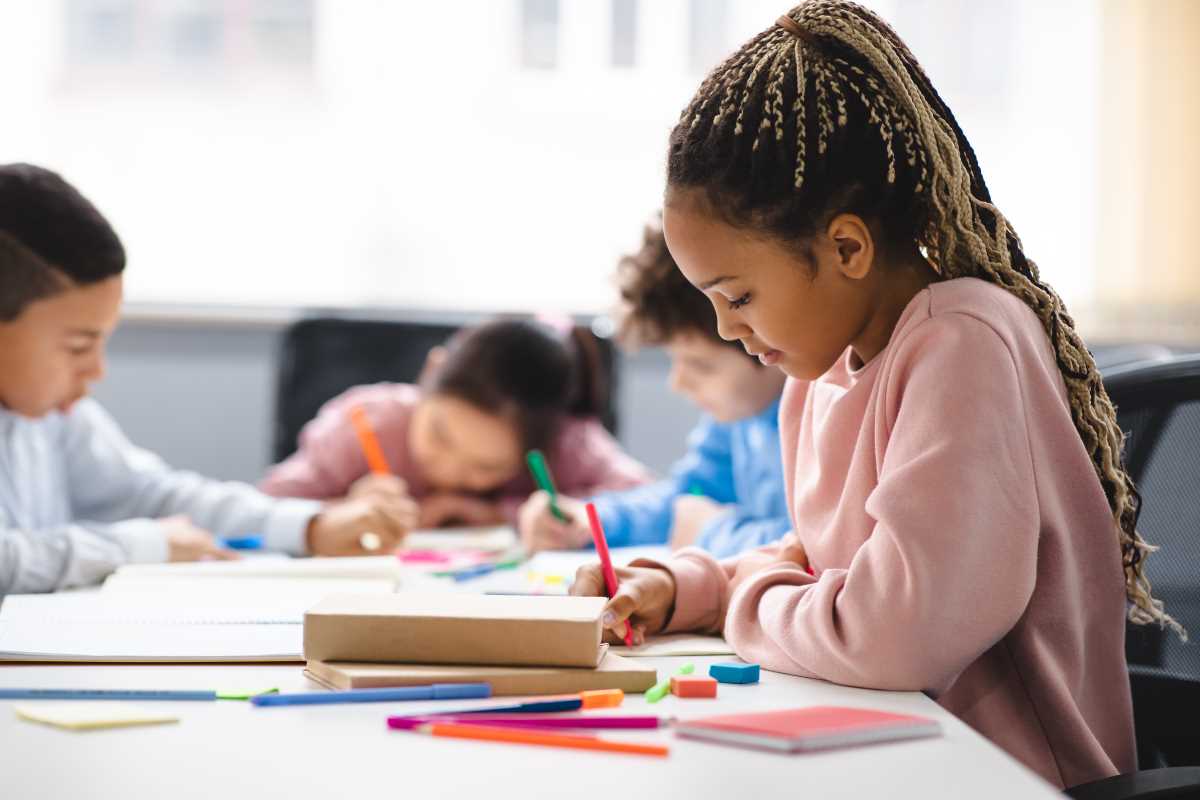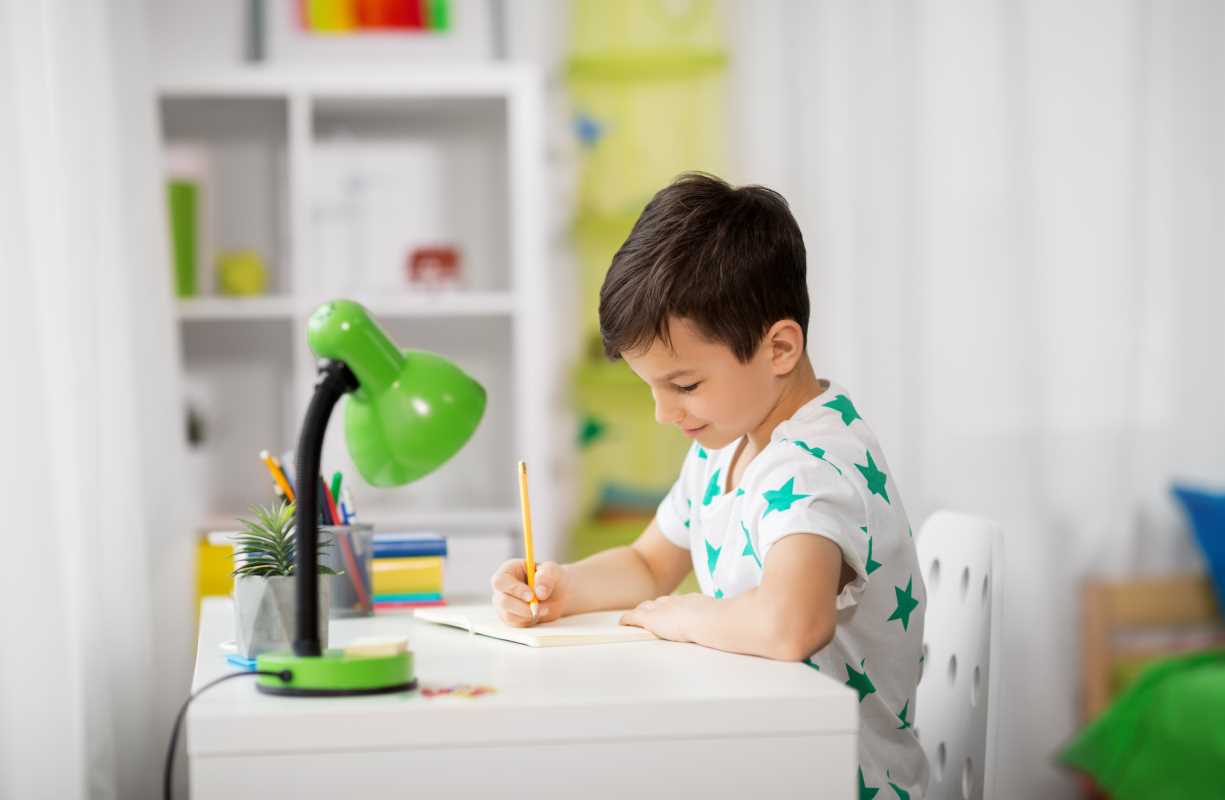Children quickly pick up on emotions and social signals from those around them, making early guidance essential for their long-term development. Small, consistent actions each day lay a strong foundation for respectful communication and empathy. Teachers who use real-life examples help children recognize and express their feelings, listen carefully to others, and work through conflicts in supportive environments. By modeling understanding and patience, adults encourage kids to build healthy relationships and navigate social situations with confidence. These everyday moments in classrooms and at home shape the way children interact with the world, leaving a lasting impact on how they relate to others.
Building emotional intelligence in a classroom isn’t one-size-fits-all. It combines careful observation, playful activities, and intentional language. When teachers model kind behavior and provide clear expectations, kids naturally pick up skills that let them share, negotiate, and bounce back from setbacks.
Creating a Safe and Nurturing Environment
Kids feel more confident exploring emotions when they trust the space around them. A predictable routine and respectful tone from adults lay a strong foundation. This helps children focus less on uncertainty and more on engaging with classmates.
- Display visual schedules: Posting images of daily activities lets children know what’s next, cutting down on anxiety.
- Arrange cozy corners: Include cushions, soft toys, and picture books on feelings so kids can retreat and self-soothe.
- Use consistent signals: A gentle bell or hand signal can call group attention without raising voices.
- Encourage voice choices: Teach kids to use a “classroom voice” versus an “indoor voice” to build respect for shared space.
By mixing structure with flexibility, teachers can quickly address meltdowns and turn them into learning opportunities. Over time, children begin to expect support rather than act out.
Incorporating Social-Emotional Learning into Daily Routines
Instead of dedicating a single “feelings lesson,” weave emotional check-ins throughout the day. Brief, focused moments help kids practice self-awareness and empathy without feeling overwhelmed.
- Morning emotion circle: A quick chart lets each child point at a smiley or frown.
- Story reflection: After reading a book, ask kids to name the character’s emotion and relate it to their own experiences.
- Transition prompts: Before shifting activities, invite children to share one word about how they feel.
- Cleanup chat: As kids tidy up, encourage them to thank a friend for help or say what they liked about working together.
- End-of-day highlight: Give each child a minute to announce a success, big or small.
Frequent, short check-ins don’t interrupt momentum. They reinforce that noticing emotions belongs in everyday life, not just a special lesson. Over time, kids learn to recognize feelings early and ask for help when needed.
Promoting Cooperative Play and Peer Interaction
Play provides a natural way for children to explore roles, practice sharing, and resolve conflicts. When teachers set up games and group tasks, they reveal unspoken rules about cooperation and respect.
Introduce mixed-ability play groups so children can learn from peers with different skills. Adults can encourage shy kids to try out leadership roles or invite assertive ones to practice listening.
Encourage small-group projects like building blocks or puppet shows. These give children opportunities to plan, take turns, and solve disagreements under a teacher’s watchful eye.
Modeling and Teaching Emotional Literacy
Children imitate the adults around them. When teachers name and share their own feelings—“I feel proud when I see you share”—kids start matching words with internal states. This helps them develop a common emotional vocabulary.
Use a large emotion wheel or picture cards daily. Invite a child to spin or pick a card, then ask them to explain why that feeling might appear. Such activities deepen their understanding beyond basic “happy” or “sad.”
Introduce Zones of Regulation visuals, showing children how to move from red (anger, frustration) to green (calm focus). Encourage self-checks: “I see you’re in the yellow zone. What helps you calm down?”
Providing Positive Reinforcement and Feedback
Children thrive on praise that highlights effort, not just results. Point out specific behaviors—“I noticed you waited your turn”—and they’ll repeat those habits more often than with vague “Good job!” comments.
Keep a classroom gratitude board. Each day, ask a student to write or draw something kind they noticed, then pin it up. Not only does this lift morale, but it also shows that empathy gets recognition too.
- Use “catch them being good” moments to hand out simple tickets or stickers for friendly acts.
- Offer brief, private notes to shy kids who share or help others, so they feel recognized without embarrassment.
- Rotate roles: Assign emotional-support buddies who remind each other to use kind words.
Consistent, genuine reinforcement reshapes classroom culture. Kids become eager to support peers because they see how it brightens the group.
Focusing on these five areas helps early childhood teachers guide kids toward healthy, respectful interactions. With practice and playful routines, classrooms support lifelong social-emotional growth.
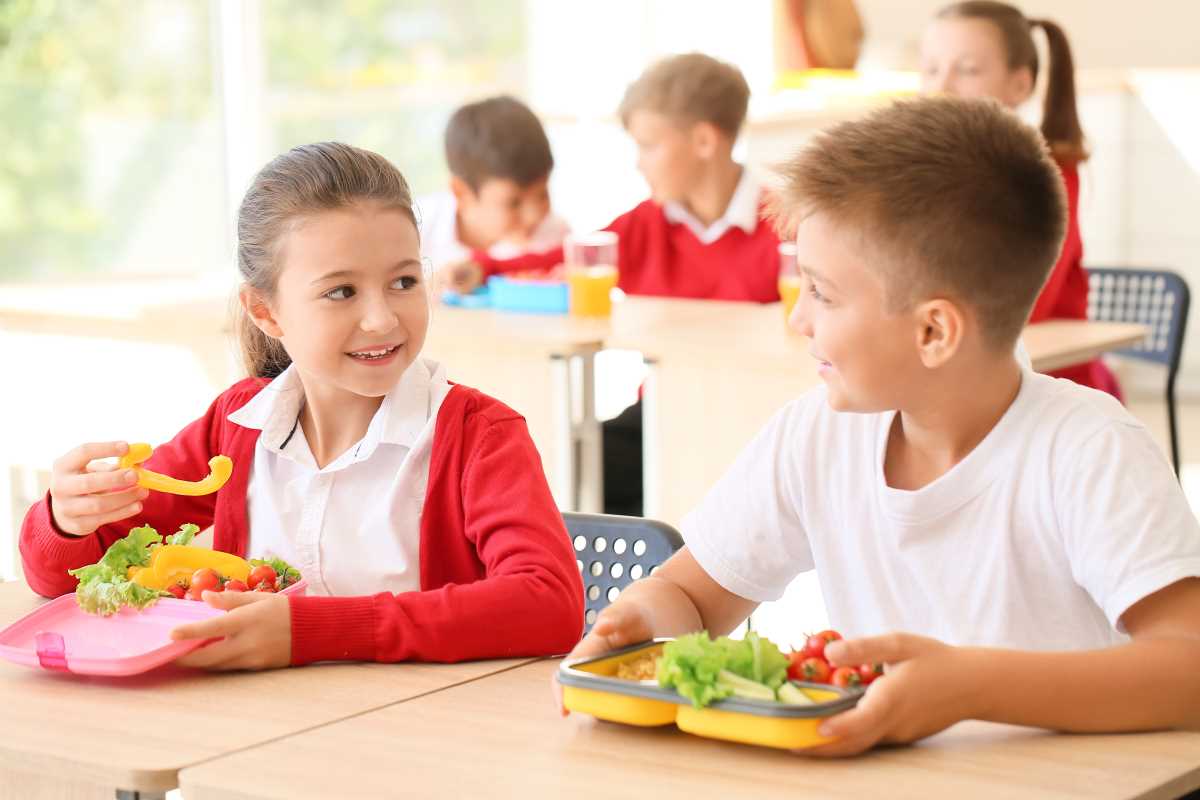 (Image via
(Image via

